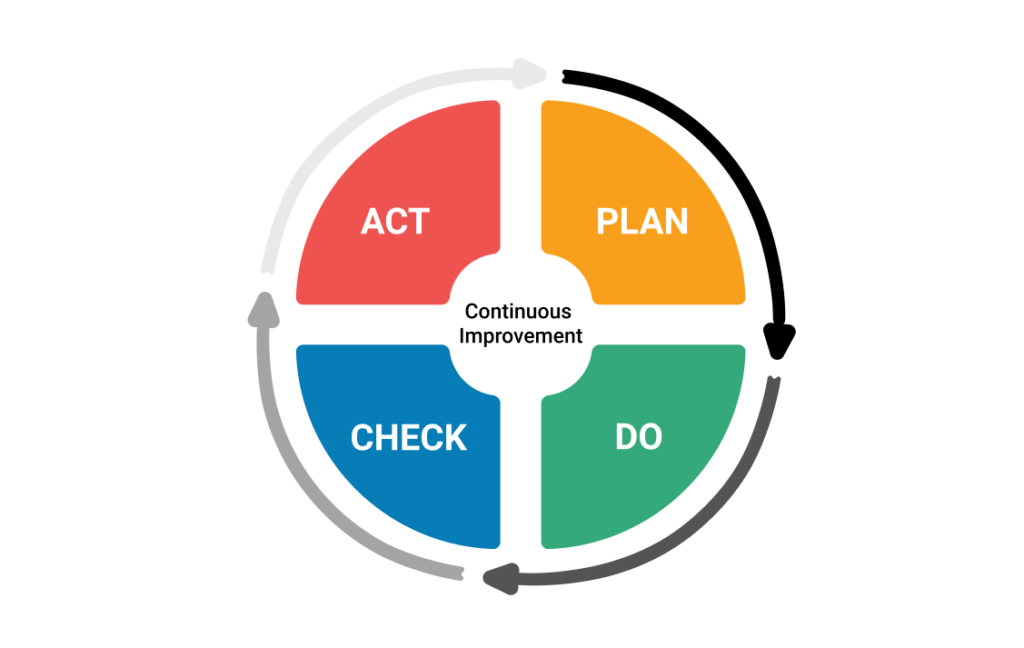Hybrid infrastructures and their challenges
We are entering an age where setting in place an infrastructure is becoming ultra complex. By complex I don’t mean infrastructures with complicated blocks but underline infrastructures with numerous heterogeneous blocks. The market is now providing “easy to deploy” service blocks, these ones can be in SaaS or on premises. If you go for on premises you still have the choose to deploy the blocks in different way like: directly on the server OS, in a dedicated virtual machine or in a container. You may start to recognize questions that you discuss in your company and which generate some stress. Don’t worry, there’s nothing wrong here. Simply tech evolution exploding, and leading us to the unavoidable situation for implementing an hybrid infrastructure.

Let’s keep the focus on the strategic level, the one at which the following questions raised:
- What are the functional bricks that have to be kept on premises and the ones to externalize to get the best cost/efficiency ratio? This is a crucial question with usually legal dependencies.
- How to keep integrity of the RBAC (Role-Based Access Control) already in place?
- How to assure the system performance? As cloud services can use extensively network bandwidth you’ll have to setup a topology that ensure that the your WAN (Wide area network) can sustain the load.
For sure there’s not “silver bullet” answer to get here. Most of the time you’ll have to get your IT architects around the table and themselves will have to request input from solution and service specialists. Therefore defining the IT strategy on medium and long term is a fundamental element to keep on track for companies. That’s why CEOs (Chief executive officer) must have CIOs (Chief information officer) they can rely on, as the whole business might collapse if problems occurs.
Coming back to the hybrid infrastructure the domains for which you’ll probably have to go with are the “cognitives” services:
- Decision: Make smarter decisions faster
- Anomaly Detector: Identify potential problems early on.
- Content Moderator: Detect potentially offensive or unwanted content.
- Metrics Advisor Preview: Monitor metrics and diagnose issues.
- Personalizer: Create rich, personalized experiences for every user.
- Language: Extract meaning from unstructured text
- Immersive Reader: Help readers of all abilities comprehend text using audio and visual cues.
- Language Understanding: Build natural language understanding into apps, bots, and IoT devices.
- Q&A Maker: Create a conversational question and answer layer over your data.
- Text Analytics: Detect sentiment, key phrases, and named entities.
- Translator: Detect and translate more than 90 supported languages.
- Speech: Integrate speech processing into apps and services
- Speech to Text: Transcribe audible speech into readable, searchable text.
- Text to Speech: Convert text to lifelike speech for more natural interfaces.
- Speech Translation: Integrate real-time speech translation into your apps.
- Speaker Recognition Preview: Identify and verify the people speaking based on audio.
- Vision: Identify and analyze content within images and videos
- Computer Vision: Analyze content in images and video.
- Custom Vision: Customize image recognition to fit your business needs.
- Face: Detect and identify people and emotions in images.
- Form Recognizer: Extract text, key-value pairs, and tables from documents.
- Video Indexer: Analyze the visual and audio channels of a video, and index its content.
The offer is rich with different actors. But you really have to take care of the cost which for some services can be astronomical. Whatever you would like to use; key players like Amazon (AWS), Microsoft (Azure), Google (Gloogle cloud),.. offers have their pro and cons. Don’t hesitate to put into evaluation matrix all the criteria for getting a weighted assessment to make your choice. For sure you will have to pass by one of these actors or maybe several of them. This last option of selecting several of them should not generate any issue. As we are talking about services the main goal of an architecture is to be resilient. As such keep in mind that the most critical part to keep is the integrity of your ESB (Enterprise Services Bus). Therefore when you integrate new exogenous parts to make your IT infrastructure more fitted to your business needs; it shouldn’t be strongly coupled with your ESB.
